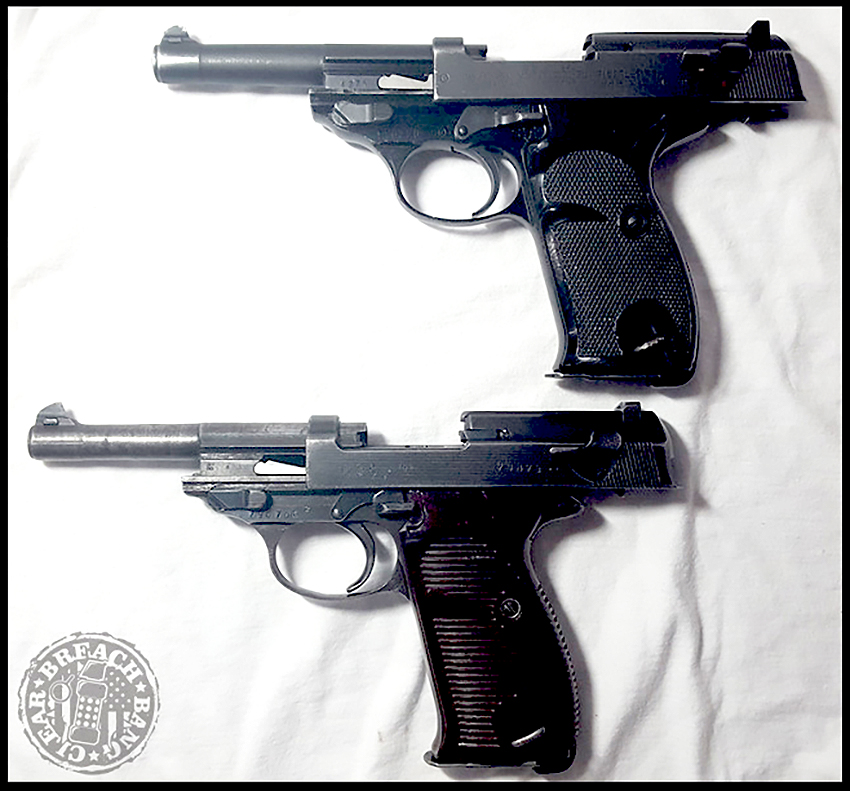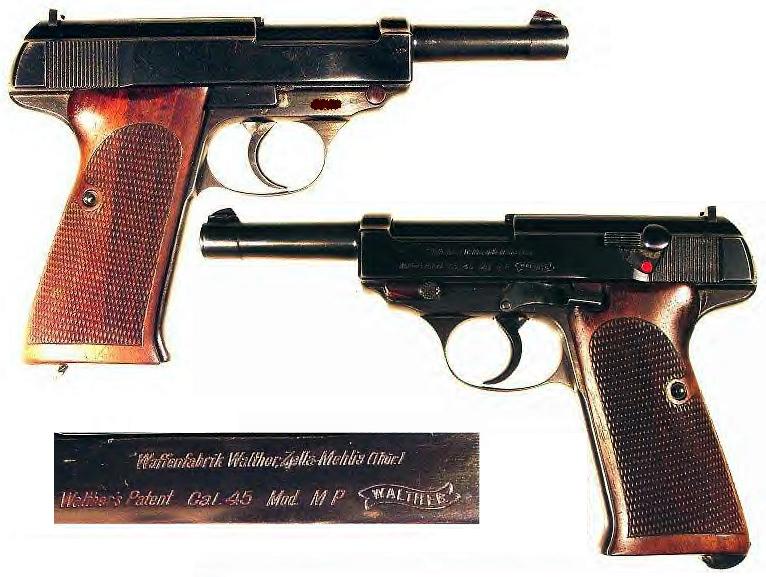

- #WHICH YEAR IS MY P38 PRODUCED SERIAL#
- #WHICH YEAR IS MY P38 PRODUCED CODE#
- #WHICH YEAR IS MY P38 PRODUCED SERIES#

Only after 1957 was the P38 again produced for the German military. After the war from 1945-1946, several thousands of pistols were assembled for the French armed forces (frequently dubbed 'grey ghosts' because of parkerized finish and grey sheet metal grips). The Walther P38 was in production from 1939 to 1945. Besides a DA/SA trigger design similar to that of the earlier Walther PPKs the P38 features a visible and tactile loaded chamber indicator in the form of a metal rod that protrudes out of the top rear end of the slide when a round is present in the chamber. The firing mechanism extracts and ejects the first spent round, cocks the hammer, and chambers a fresh round for single-action operation with each subsequent shot – all features found in many modern day handguns. Pulling the trigger cocks the hammer before firing the first shot with double-action operation. This lever can stay down, keeping the pistol 'on safe' or be immediately returned to the straight position, keeping the weapon safely 'ready' with a double-action trigger pull for the first shot. The shooter could chamber a round, use the safety-decocking lever to safely lower the hammer without firing the round, and carry the weapon loaded. The P38 was the first locked-breech pistol to use a double-action/single-action (DA/SA) trigger (the earlier double-action PPK was an unlocked blowback design, but the more powerful 9×19mm Parabellum round used in the P38 mandated a locked breech design). Walther P38Ĭarl Walther Waffenfabrik, Mauser Werke, Spreewerk A Walther would be marked 'ac 43' as example. WWII coded Walther and Mauser P-38 pistols will also have a production year stamped on the slide.

#WHICH YEAR IS MY P38 PRODUCED CODE#
These had all the Nazi stamps, including the 'SVW' code stamp, only with the addition of a French 'Rounded Star' stamp. The French assembled Mauser P-38's up until sometime in 1946. The P-38 was dropped from service after the war ended in 1945. The shooter could chamber a round, use the safety- lever to safely lower the hammer without firing the round, and carry the weapon loaded.Manufactured only by Lockheed, the P-38 was built in significantly smaller numbers than the P-47 or P-51 just over 9,900 Lightnings of all models were produced. In addition to the 9×19mm Parabellum version, some and some versions were also manufactured and sold.Design details From an engineering perspective the P38 was a semi-automatic pistol design that introduced technical features that are found in other semi-automatic pistols like the and its sub-variant adopted by the United States military.The P38 was the first locked-breech pistol to use a (the earlier double-action was an unlocked design, but the more powerful round used in the P38 mandated a locked breech design). Several experimental versions were later created in, and, but these were never mass-produced.

After a few thousand pistols the Heer changed all codes from numbers to letters and Walther was given the 'ac' code.
#WHICH YEAR IS MY P38 PRODUCED SERIES#
The third series pistols satisfactorily solved the previous problems for the Heer and mass production began in mid-1940, using Walther's military production identification code '480'.
#WHICH YEAR IS MY P38 PRODUCED SERIAL#
Walther began manufacture at their plant in and produced three series of 'Test' pistols, designated by a '0' prefix to the serial number. Contents.Development The first designs submitted to the German Army featured a locked breech and a hidden hammer, but the Heer requested that it be redesigned with an external hammer.The P38 concept was accepted by the German military in 1938 but production of actual prototype ('Test') pistols did not begin until late 1939.


 0 kommentar(er)
0 kommentar(er)
